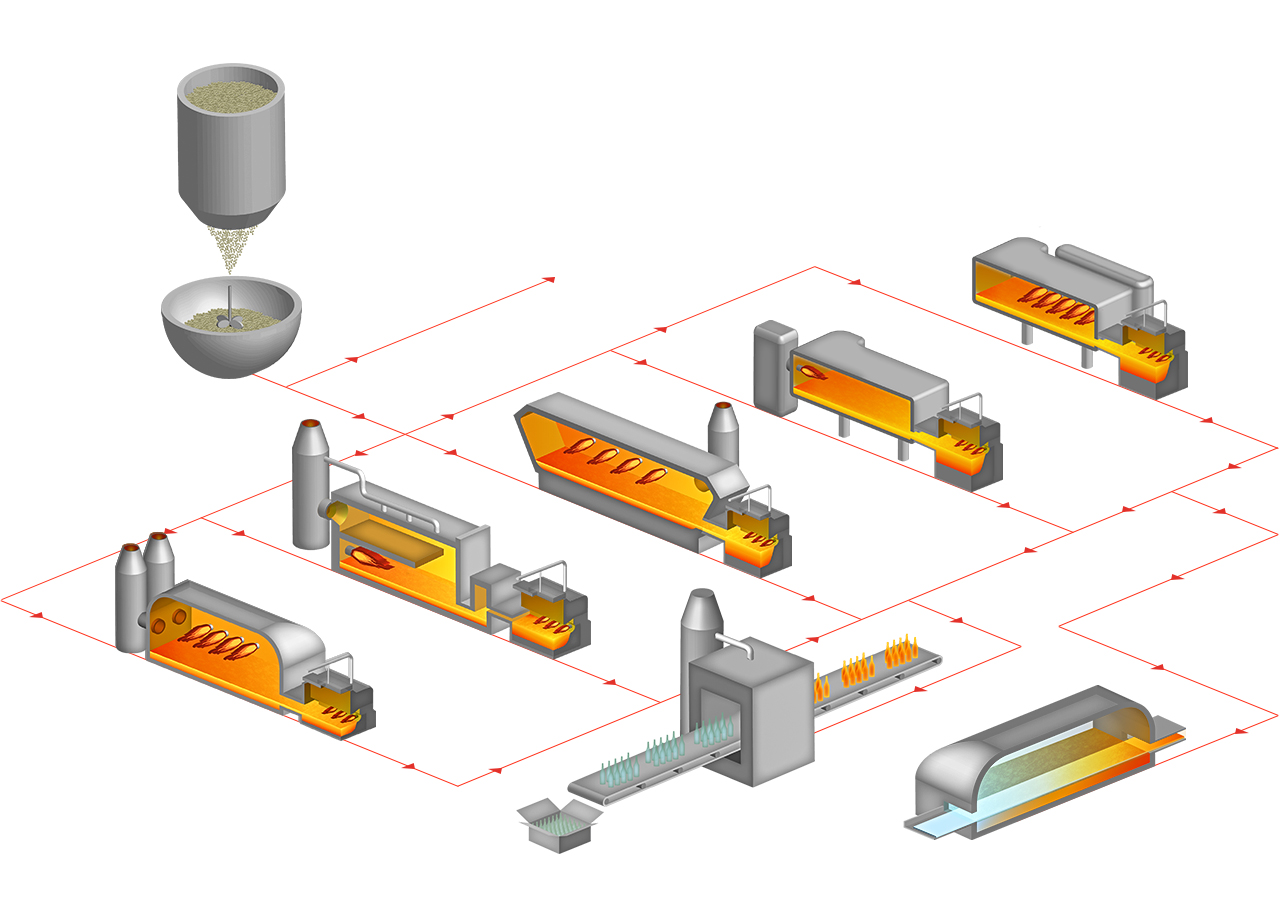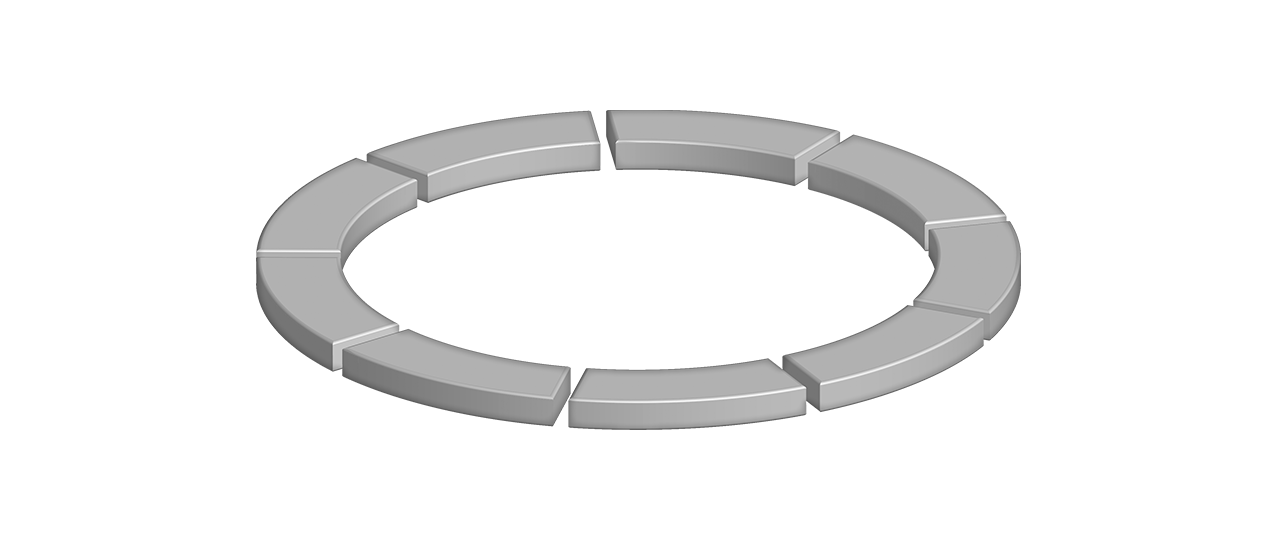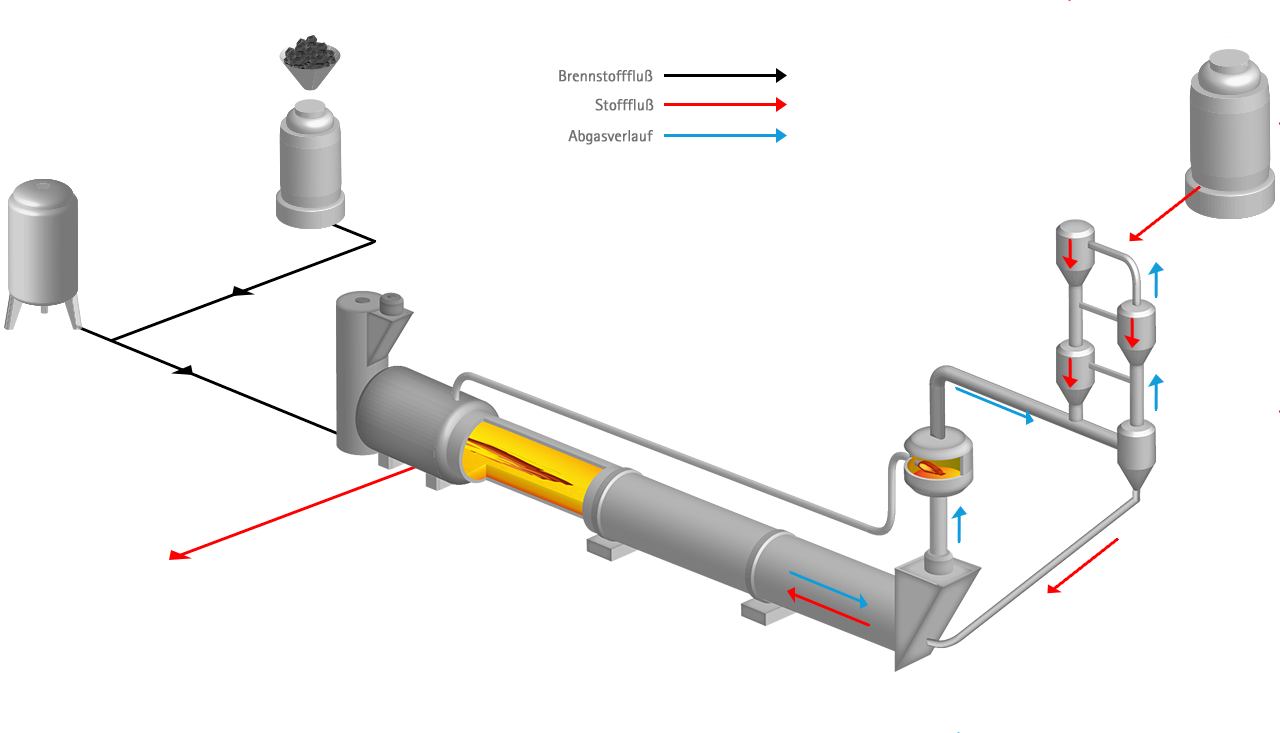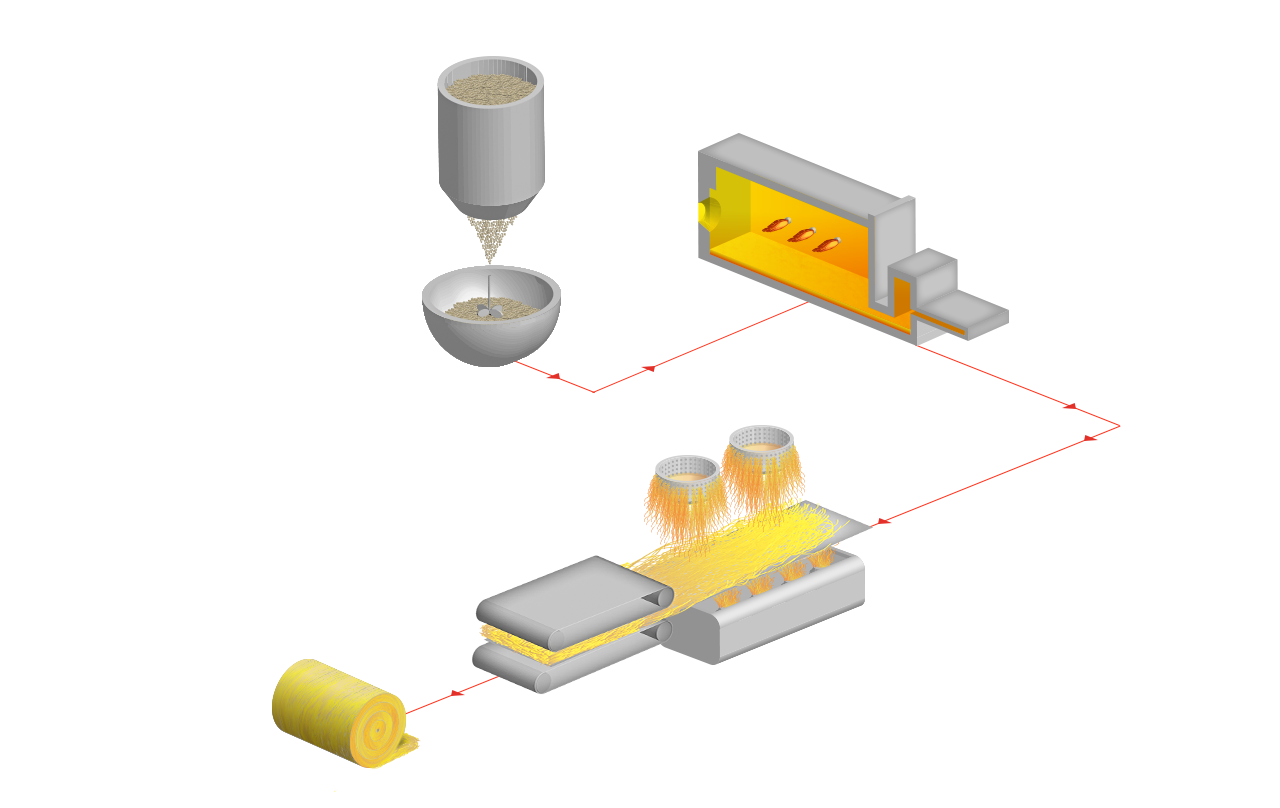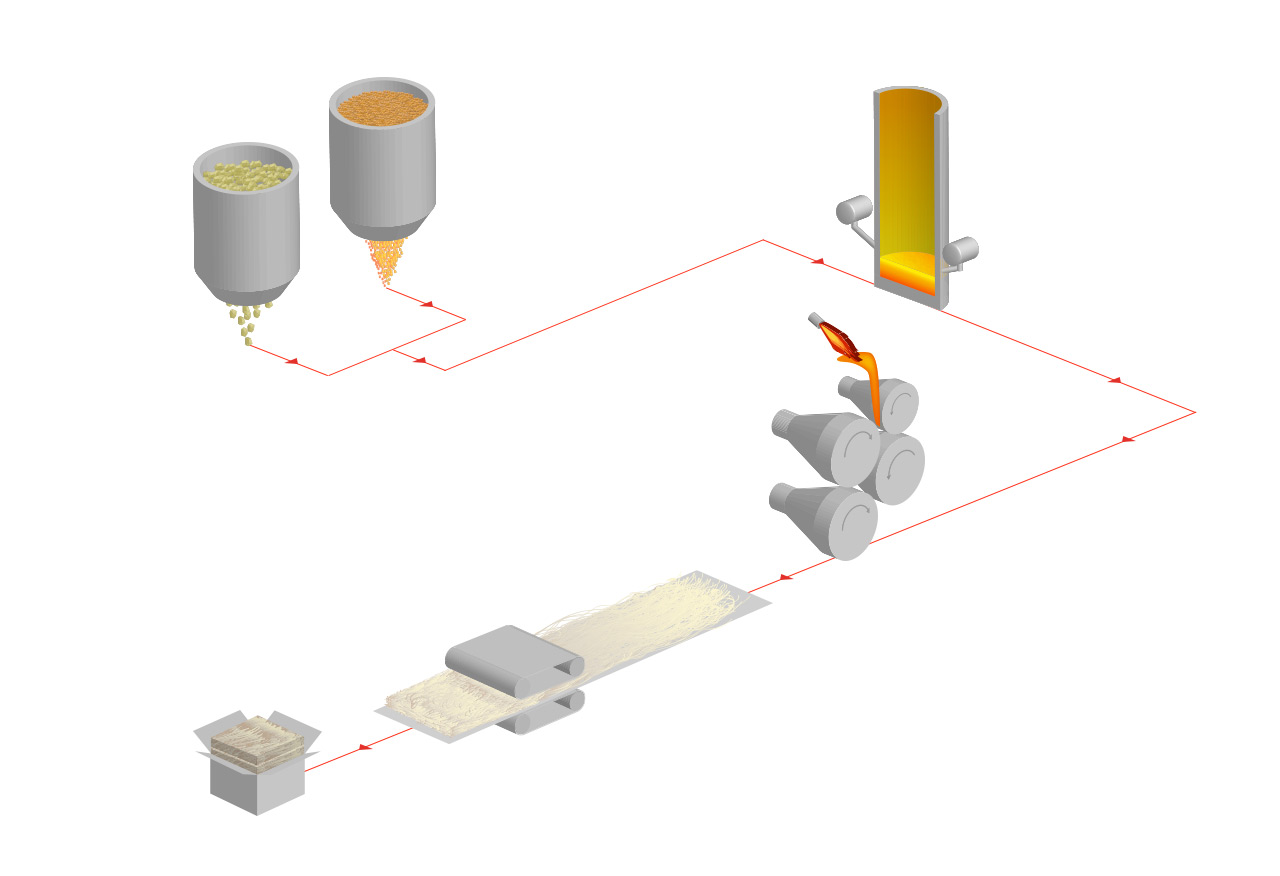All customerprocesses that use gases - Strategic application technology
Nested Applications
Nested Applications
Categories Navigation
Asset Publisher
Glass production process chart
The definition of glass according to the American Heritage Dictionary is:
- Any of a large class of materials with highly variable mechanical and optical properties that solidify from the molten state without crystallization, are typically made by silicates fusing with boric oxide, aluminium oxide, or phosphorus pentoxide, are generally hard, brittle, and transparent or translucent, and are considered to be supercooled liquids rather than true solids.
Gases and technologies for Heat treatment processes
Many metals and advanced ceramics acquire their optimum surface quality and the required mechanical properties through suitable heat treatment. Here, gases are an indispensable aid. Messer Group has developed a wide range of special processes to make the heat treatment of metals and technical ceramics more controllable, reproducible, and economical.
The term heat treatment describes a process in which a work piece or part of a work piece is intentionally subjected to a specific time-temperature sequence. In some instances, the work piece may additionally be subjected to other physical and/or chemical influences. The aim of heat treatment is to impart properties to a work piece which are required for further processing steps or for the intended application.
This definition covers all thermal, thermo-chemical and thermo-mechanical processes for the treatment of work pieces with which mechanical material properties are to be selectively changed. Furthermore, the appearance of the surface of work pieces can be influenced. These properties are optimized by structural transformations on the surface or in the entire work piece and by chemical changes on the surface.
Heat treatment takes place in furnaces that are temperature controlled (heating, soaking and cooling steps), usually using a process gas atmosphere to prevent, e.g. undesirable discoloration or to alter the surface chemically. The influenceable properties are, e.g. deformability, residual stresses, hardness, toughness and surface condition.
Cement process chart
The main raw materials for cement manufacture are limestone and lime marl. Grinded cement is a hydraulic binder, and with the addition of water hardens in air. In the form of mortar and concrete it is an indispensable material in the construction industry. Cement is primarily produced using a dry process with rotary kilns and multistage cyclone pre-heaters with or without pre-calciners. Production is energy-intensive and costly. Depending on the quality, temperatures of up to 1450°C have to be reached in the rotary kiln. To optimise energy costs, low caloric secondary fuels are becoming increasingly important.
Glass wool production process
Mineral wool, also known as mineral fiber, mineral cotton, man-made mineral fibre (MMMF), and man-made vitreous fiber (MMVF), is a general name for fiber materials that are formed by spinning or drawing molten minerals (or "synthetic minerals" such as slag and ceramics). The nomenclature of these wool products is simply the parent/raw material name in prefix to wool. Wool from glass is glass wool, wool from rock is stone wool and so on. Specific mineral wool products are stone wool and slag wool. Europe also includes glass wool which, together with ceramic fiber, are completely man-made fibers. Applications of mineral wool include thermal insulation, filtration, soundproofing, and hydroponic growth medium.
Typical mineral wool composition

Stone wool production process
Mineral wool, also known as mineral fiber, mineral cotton, man-made mineral fibre (MMMF), and man-made vitreous fiber (MMVF), is a general name for fiber materials that are formed by spinning or drawing molten minerals (or "synthetic minerals" such as slag and ceramics). The nomenclature of these wool products is simply the parent/raw material name in prefix to wool. Wool from glass is glass wool, wool from rock is stone wool and so on. Specific mineral wool products are stone wool and slag wool. Europe also includes glass wool which, together with ceramic fiber, are completely man-made fibers. Applications of mineral wool include thermal insulation, filtration, soundproofing, and hydroponic growth medium.
Typical mineral wool composition


